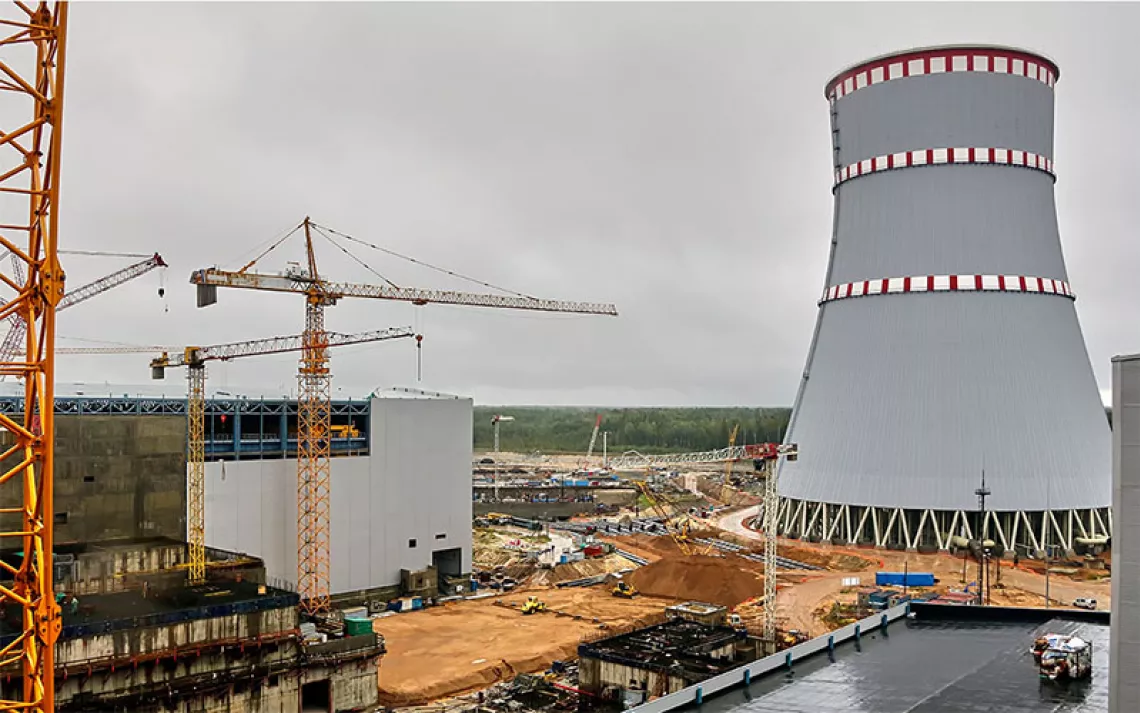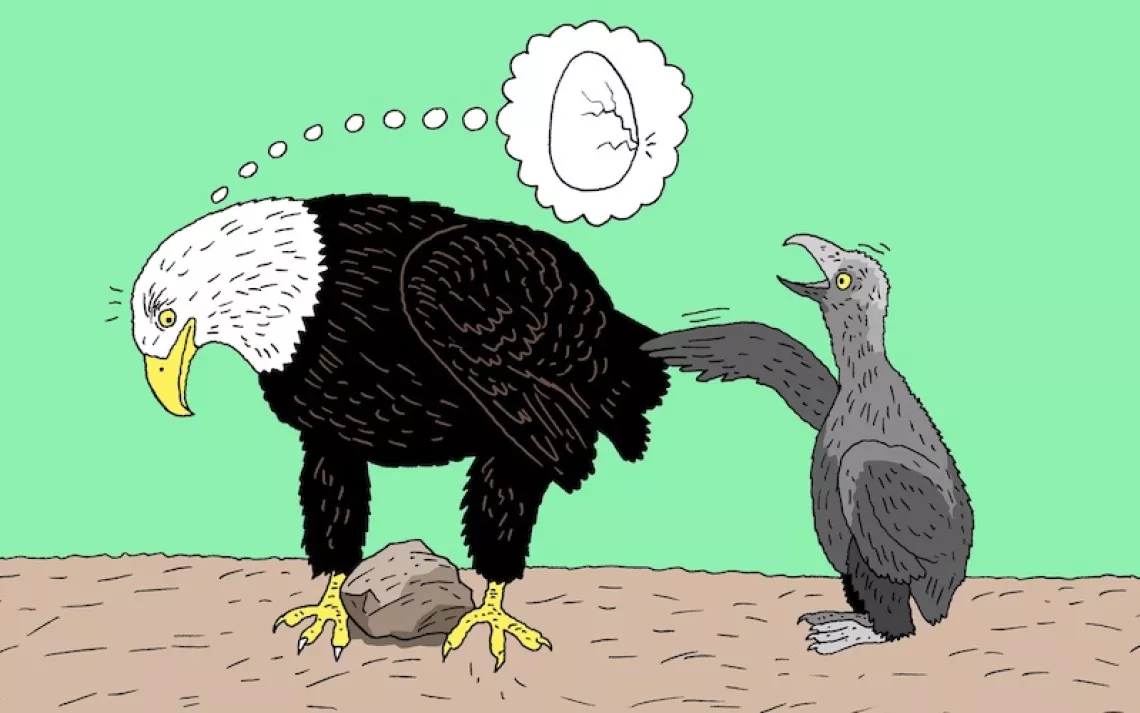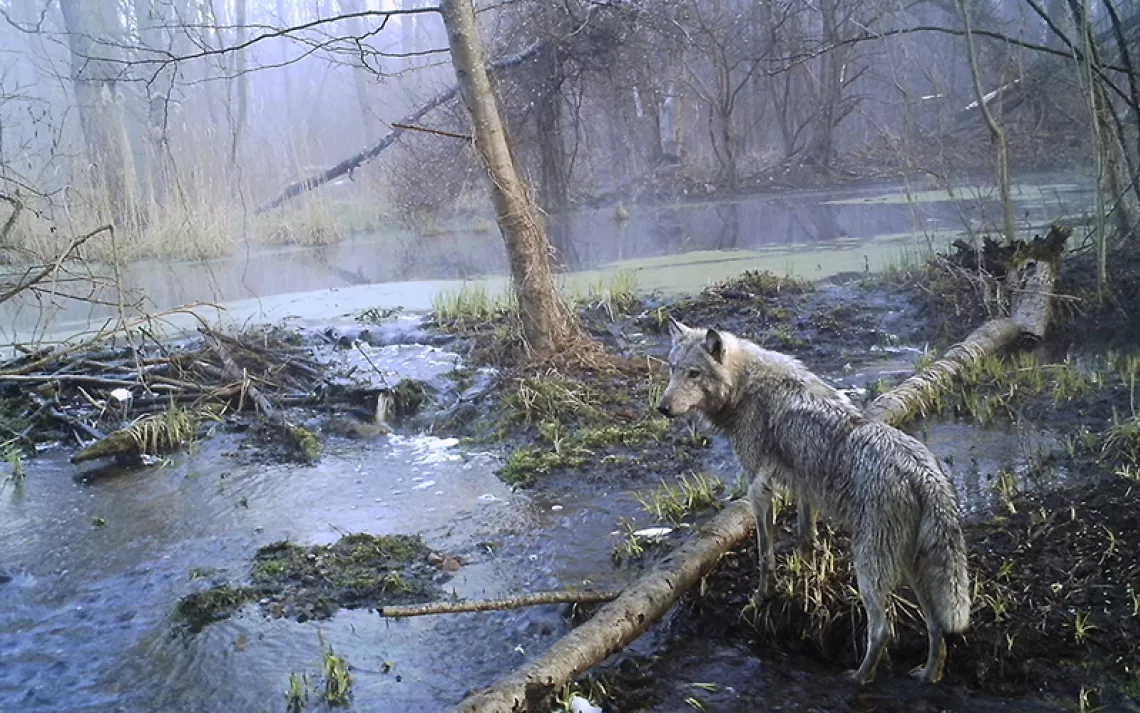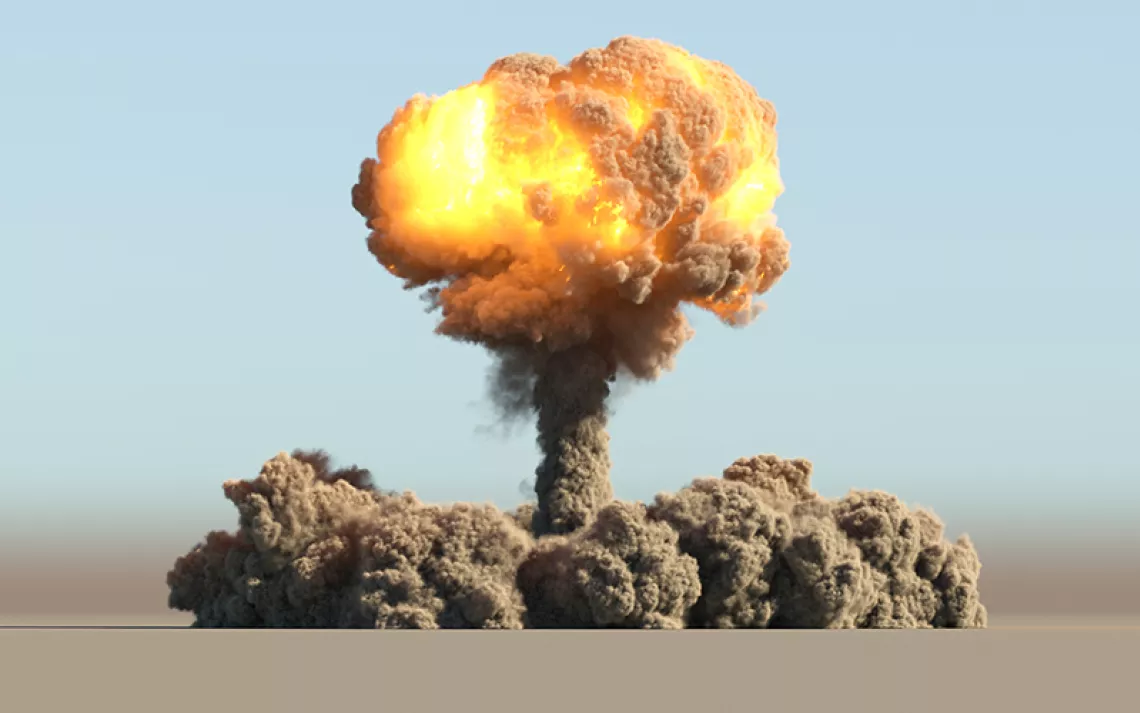Free-Market Fallout
Deregulation may finish off the nuclear power industry, which was built on taxpayer subsidies
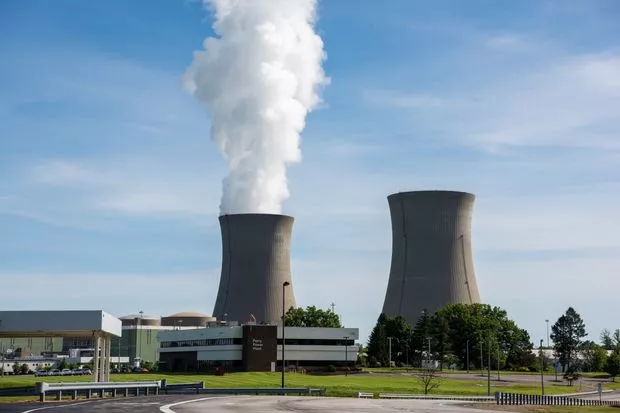
Given all the other ’70s icons that have come back into fashion in recent years--bell-bottoms, platform shoes, muscle cars, ABBA--perhaps it’s not surprising that the wasp-waisted nuclear reactor cooling tower has lurched back into political vogue. According to President George Bush and Vice President Dick Cheney, nuclear power is the solution to everything from high energy prices to global warming. “American electricity is already being provided through the nuclear industry--efficiently, safely, with no discharge of greenhouse gases or emissions,” Cheney said at a May gathering of nuclear industry lobbyists. “We want, as a matter of national policy, to encourage continued advancements in this industry.”
As it happens, national policy has been encouraging nuclear power for more than 50 years--at a cost of hundreds of billions of dollars. That includes subsidies for nuclear reactor construction, uranium enrichment, nuclear power research and development, and radioactive-waste disposal-- issues no less intractable today than they were in the ’70s. Add in the generous terms of the Price-Anderson Act, which caps the industry’s liability in case of an accident at $9.5 billion (the Nuclear Regulatory Commission estimates that a single worst-case nuclear accident could cost more than $300 billion), and you start to wonder how much more encouragement the industry needs.
Despite this lavish nurturing, nuclear power provides less than 20 percent of the nation’s electricity. The industry has been in a steady decline since 1979, when the accident at the Three Mile Island nuclear power plant near Harrisburg, Pennsylvania, caused the evacuation of 140,000 people. In the past two decades, not a single utility has applied to build a new nuclear power plant.

Sign up to receive Sierra News & Views
Get articles like this one sent directly to your inbox weekly.
With this action you affirm you want to receive Sierra Club communications and may vote on policy designated by the Sierra Club Board.
Bush and Cheney would have you believe that nukes were the victims of environmentalist hysteria and government interference. “We must seriously question the wisdom of backing away from what is, as a matter of record, a safe, clean, and very plentiful energy source,” Cheney said in May. The vice president and other promoters of the nuclear power industry argue that nuclear energy is inexpensive, because the uranium that fuels the reactors is cheap and relatively abundant. And reactors, once they’re up and running, don’t cost much to maintain and operate. Nuclear power, concludes U.S. energy secretary Spencer Abraham, is “astonishingly efficient.”
But saying nuclear power plants are efficient is a bit like saying moon rocks are free for the taking. Sixty percent of the cost of nuclear power occurs before the reactor ever opens. Utility executives estimate that building a new nuclear power plant would cost between $3 billion and $4 billion--about twice as much as a coal- or gas-fired power plant with equivalent output--and take seven or eight years, compared with two years to bring a natural-gas plant on line. “From a utility planner’s perspective, [nuclear power] is a very risky choice,” says Christopher Sherry, research director for the Safe Energy Communication Council, a nuclear-power watchdog group. “You’re basically taking a big gamble on the future price of electricity and what electricity demand will be when the plant is finished.”
In the heyday of nuclear power, utility companies didn’t have to worry about financial risks--ratepayers did. Before deregulation became all the rage, electricity rates were based on production costs (operating, construction, and capitalization expenses), which is one reason that electricity prices zoomed 60 percent between 1978 and 1982, right after a bevy of nuclear power plants came on line. Most of these plants were much more expensive to build than their backers had anticipated--the last round of nuclear power plants was collectively responsible for $120 billion in cost overruns. California’s Diablo Canyon nuclear power plant, for example, was originally supposed to cost $320 million and be up and running by 1972. It finally opened in 1985, $5 billion over budget. This expense--among others--was eventually passed on to California consumers, who are still paying off $25 billion in “stranded costs” incurred by the state’s three investor-owned utilities.
Deregulation changed the nuclear power equation for good. “In this new competitive generation market, investors don’t have any guarantees that the construction costs will ever be recouped,” explains Jerry Taylor of the Cato Institute, a libertarian think tank. “No matter how many subsidies we throw at this technology, we’re not going to tempt many investors to build nuclear power plants when cheaper alternatives are in front of them.”
Taylor is not someone you’d expect to see dissing nuclear power; his bio on Cato’s Web site notes that he is an outspoken critic of federal regulations, environmental“doomsaying,” and energy-conservation mandates. But as a strict free-marketeer, he thinks conservatives have “a soft spot in their heads” when it comes to nukes. “If nuclear power can pay for itself over time, then it doesn’t need any government help, welfare, subsidy, or anything else,” he says. “It seems clear to me that were it not for large and historically important federal subsidies, there wouldn’t be a single nuclear power plant in the United States.”
So can the Bush administration’s love affair with the atom persuade investors to ignore the technology’s inherent financial liabilities? Most observers don’t think so. “Show me the orders for plants,” says Sherry. “Show me a utility or an unregulated power producer willing to risk capital of the magnitude we’re talking about. I’ll believe it when I see it.”
 The Magazine of The Sierra Club
The Magazine of The Sierra Club
